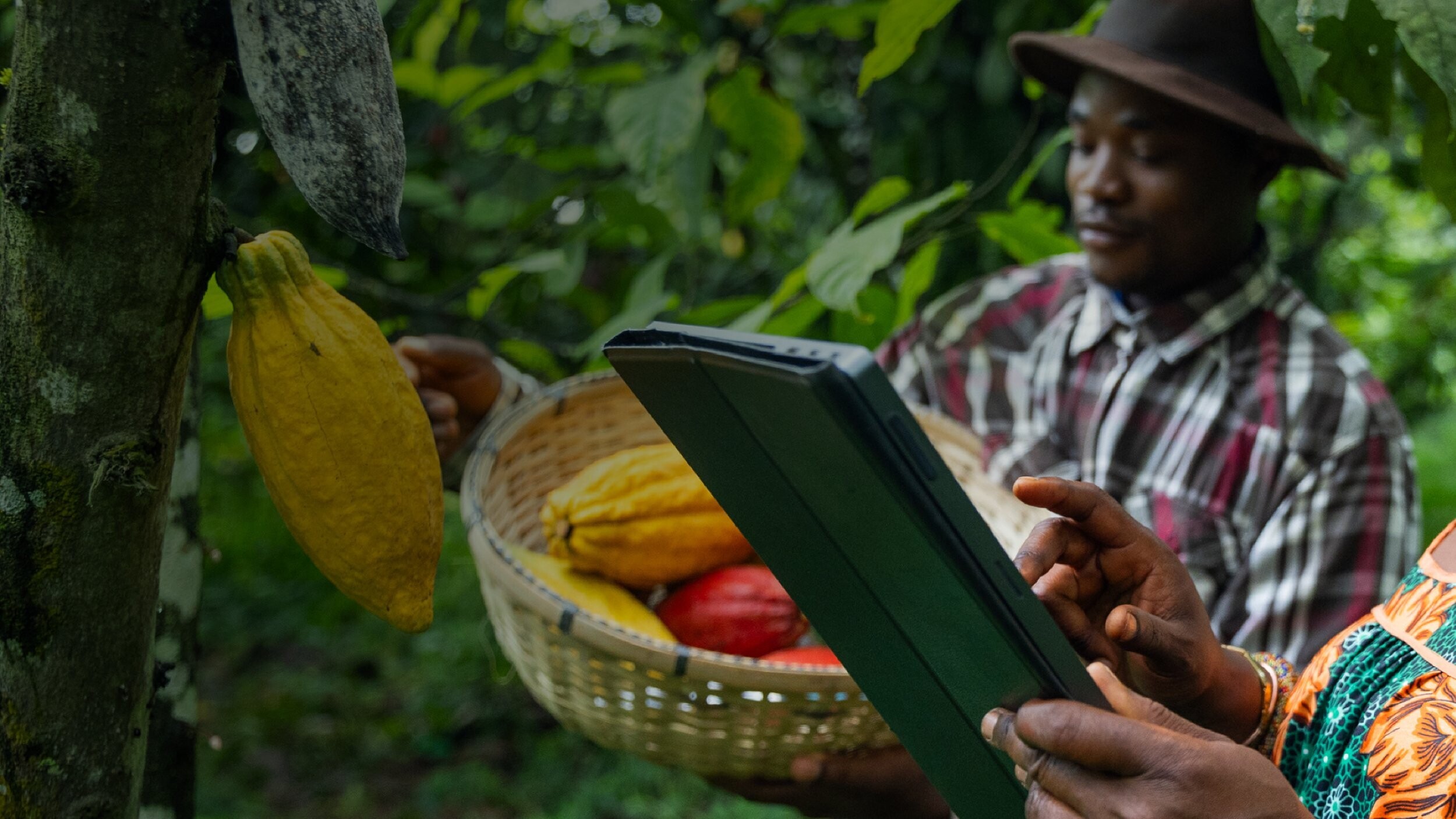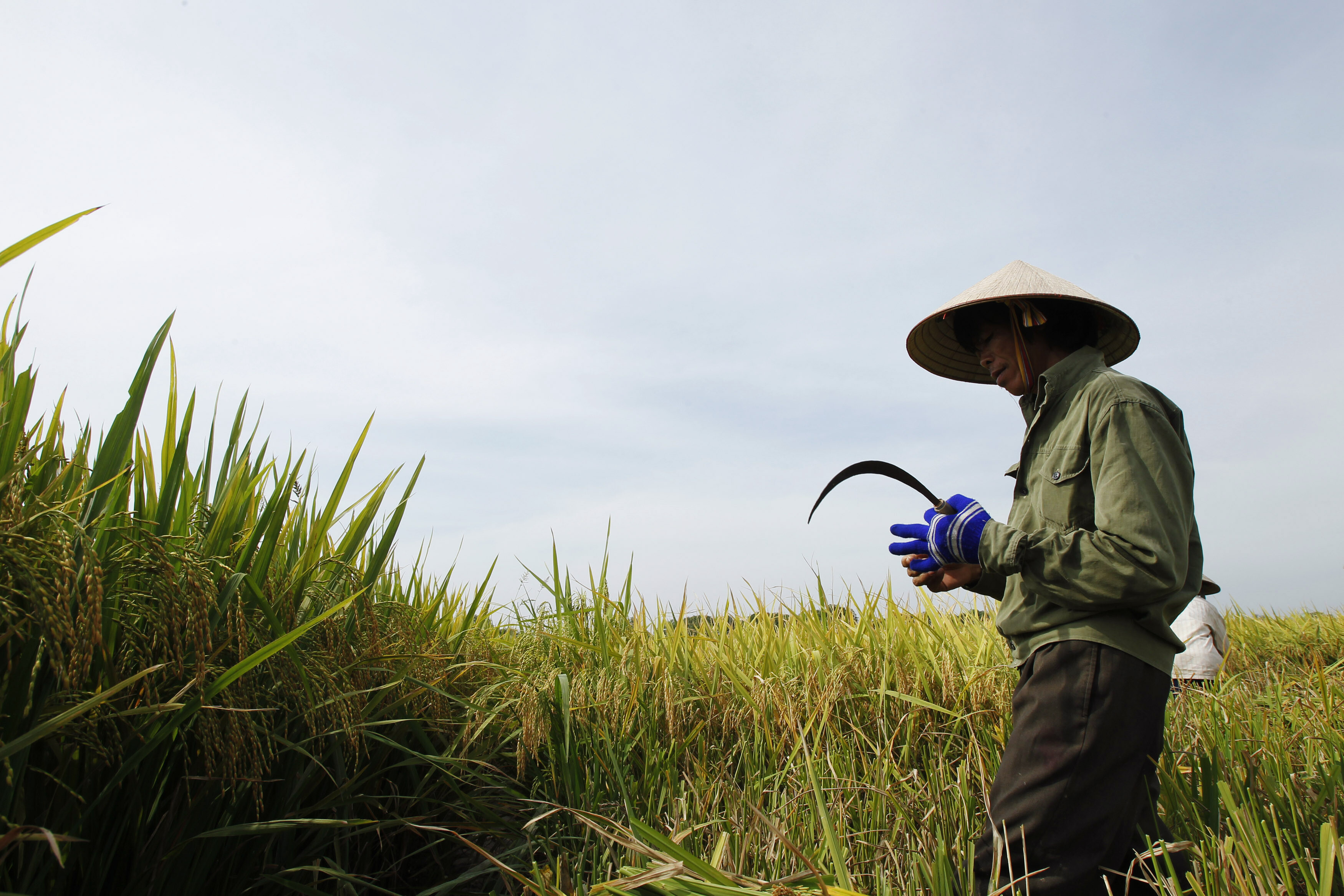How investing in social impact networks can spur innovation and change

Social impact networks already exist within organizations, but challenges such as COVID-19 and the climate crisis require mobilization beyond traditional boundaries. Image: Unsplash / @claybanks
Rana Dajani
Founder, We Love Reading, Jordan & Hashemite University, Jordan, and President of the Society for Advancement of Science and Technology in the Arab worldListen to the article
- Social impact networks use the best of collective human capital to address pressing issues.
- These networks are already used within organizations, but challenges such as COVID-19 and the climate crisis require mobilization beyond traditional boundaries.
- Promoting diversity and inclusion within these networks is key to their success.
When the COVID-19 pandemic closed schools in 2020, it was often teachers, parents, non-profits and other local leaders who banded together, mobilizing existing relationships to find solutions and enact change. They tackled the crisis and associated systems failures through innovative use of collective human capital.
COVID-19, the climate crisis and other complex challenges of our time require us to tap into the best of our human capital. As a result, investing in social impact networks to diffuse human resources, create capital for members and start a ripple effect of impact has become a necessity.
Studies such as Human Capital as an Asset – a white paper published by the World Economic Forum in collaboration with Willis Towers Watson – make a clear case for the return on investment in human capital within organizations. But we must use networks to extend and mobilize human capital beyond traditional boundaries.
At the HundrED Innovation Summit in November 2021, we worked together to distil and present the following ideas on networks based on our different places and perspectives:
Investing in social impact networks can help achieve social impact
Networks are often not recognized for the crucial work they offer to individuals and the community. Consider, for example, a secondary school alumni network in an underserved community - it can mobilize graduates to become relatable role models for current pupils.
Similarly, a group of teachers or parents who remain connected after a transformational intervention can exchange ideas to better serve families and communities; as can a network of researchers from different disciplines that have attended the same funded programme. These networks can be nurtured to work together to address some of the most complex problems facing our world.
“Invest in community-led networks, they make a difference,” says Margaux Jacquemin, Head of Alumni at Enseña por México / Teach For All Network. “When networks are at their most powerful, they make people happier and more inspired in their work and the impact can be really strong; networks are very effective in contributing to systemic change in education.”
“Invest in community-led networks, they make a difference.”
”The success of social impact networks depends on diversity and inclusion
The success of networks is not just related to the synergies developed with others that are like us, but also the diversity they offer in terms of the benefits of looking at problems from different perspectives. We might feel uncomfortable with this difference, but when mobilized by the same challenge, this allows for better outcomes to be achieved collectively by the network. That is why many organisations and funders have invested resources to nurture their networks.
For social impact networks to be impactful in mobilizing their diversity, deliberate structures, processes and relationships of trust must be developed, which takes time and resources. “Be intentional in making sure everyone is given the opportunity to participate,” says Joseph Munyambanza, Youth Engagement Consultant at the Mastercard Foundation
“Members of the network may come from different backgrounds and different cultures. Sometimes you have a few people dominating the stage and others listening in the background.”
"Be intentional in making sure everyone is given the opportunity to participate."
”Global networks can be built to foster participation by all
When we consider networks that span regional boundaries, the perspectives of those from the Global North often dominate. A network built on shared values and experiences must empower participants to speak up and question the dominant paradigm, which often emerges as a language (usually English).
Social impact networks must be hyperconscious of these paradigms. Through diversity they can attempt to build bridges – translation or parameters for participation can enable diverse involvement and ideas to percolate to the surface, for example.
Dr Rana Dajani, We Love Reading founder and board member of the Catalyst 2030 Network, suggests that network leaders should “insist that everybody speaks their own language and not isolate network participants by speaking in English. This will always exclude the marginalized and, in the end, we have enough of the dominant, we need those marginalized voices.” She continues: “Tell your story, share your opinion, talk about how you feel and don’t feel intimidated. We need role models all over the world."
"People need to see people who look like them, who speak like them and that encourages others, so don’t think that you’re just another person."
”What is the World Economic Forum doing to champion social innovation?
Networks are diverse. As a result, network building takes different shapes and forms, depending on the purpose they are trying to achieve or the context in which they operate. Alumni networks—and indeed all social impact networks—have the potential for innovation and to create a powerful human capital-based circular economy.
Rana Dajani is one of the Schwab Foundation Social Innovators of the Year 2022. Learn more about the 2022 awardees during the Davos Agenda Week 2022.
Don't miss any update on this topic
Create a free account and access your personalized content collection with our latest publications and analyses.
License and Republishing
World Economic Forum articles may be republished in accordance with the Creative Commons Attribution-NonCommercial-NoDerivatives 4.0 International Public License, and in accordance with our Terms of Use.
The views expressed in this article are those of the author alone and not the World Economic Forum.
Stay up to date:
Innovation
Related topics:
Forum Stories newsletter
Bringing you weekly curated insights and analysis on the global issues that matter.







